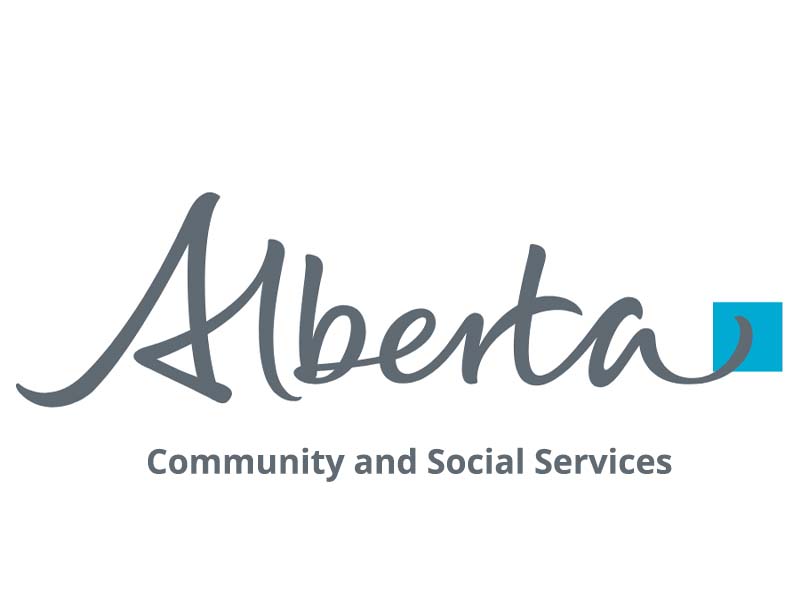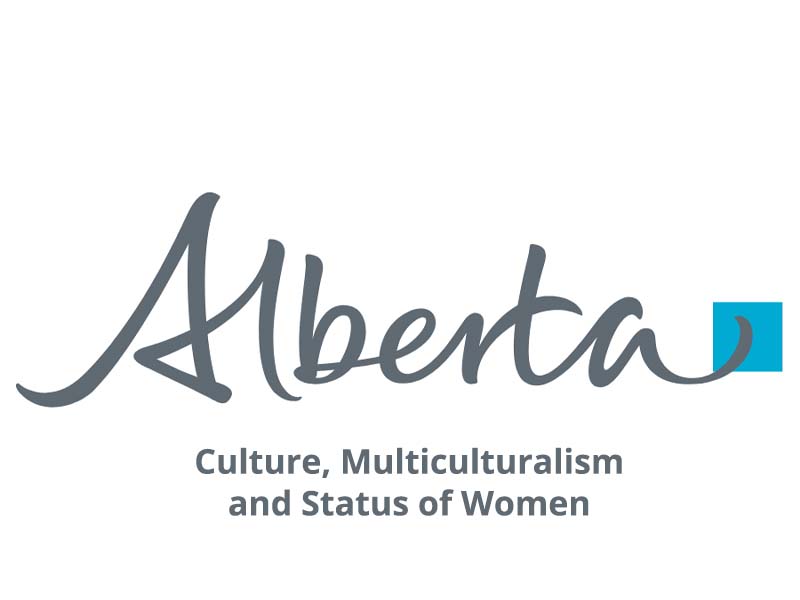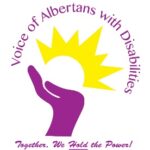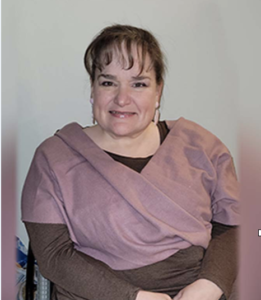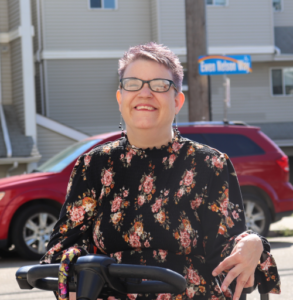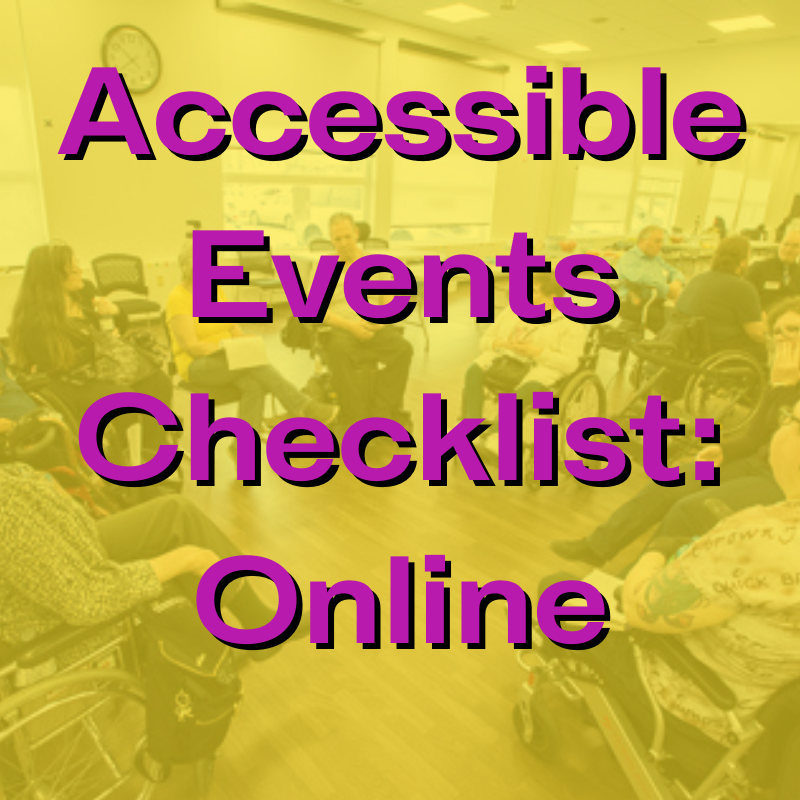
Best Practices for Online Events
Promotion
- Arrange for all promotional materials (flyers, advertisements, emails, etc.) to be available in alternative formats, such as text format, Braille, large print or electronic.
- Ensure the design itself is accessible (use accessible fonts, colour contrast, etc.). Information can be found on our Social Media Accessibility Guideline
- Include an accommodation statement on your promotional materials and registration forms notifying participants that accommodations can be made for a variety of needs (e.g. visual, hearing, mobility) and informing them how to request accommodations. Things to include:
- Present the accommodations/accessibility features you will be providing
- List the accommodations people can request that you will provide
- Ask if there are other ways you can accommodate and
- Outline any barriers you’re aware of but don’t have control over.
- Here are some examples:
-
- We have made every effort to ensure the event is as accessible as possible. ASL and CART will be provided and presentation materials will be sent beforehand. Please let us know if we have missed anything that would improve your access and enjoyment of this event by emailing: CONTACT INFORMATION
-
- If you have a disability and require accommodation in order to fully participate in this activity, please check here. You will be contacted by someone from our staff to discuss your specific needs. Please inform NAME by attaching your requirements to the accommodation form attached, email it to EMAIL HERE
-
- Examples of accommodations we can provide include (but are not limited to):ASL interpretation, a closed captioning cart, assistants, alternative format materials, assisted listening devices and more. Contact us at CONTACT INFORMATION
Platform Selection
We have seen a dramatic shift to online events and that has come with new virtual meeting platforms, increased familiarity with those platforms and constant updates that improve them.
There are pros and cons to all of the online platforms in terms of accessibility but some general guidelines and tips are included here:
- Familiarity: People get used to the platforms they use the most. If you’re hosting internal meetings, keep it to the same platform so people can get used to how the controls work and how to set up the meetings for them.
- Simplicity: The more features and functionality a platform has, the more access issues might arise and need to be mitigated. This isn’t to say stay away from those platforms that have integrations, but more to be mindful of why you’re choosing it and if you’ve considered how someone using a screen reader or captions or navigating their computer with just a mouse or keyboard might access these extra features.
- Captions: We highly suggest hiring a CART captioner (see below) for each event you are hosting but we understand that that isn’t always feasible with time and budget constraints. When you don’t have a CART captioner you will want participants to be able to use the auto-generated captions. Most platforms have some type of auto-generated captioning now, they usually just have to be enabled by the meeting host. As with all platforms some of them are better than others check out the Virtual Meeting Platform Accessibility Guide by Canadian Hard of Hearing association to learn more.
- Enlarging the screen: Some platforms can open a shared screen in another window, and others open it in the same window. When the user doesn’t have control of the shared screen size and maneuverability it can cause issues in using an enlarger or being able to zoom in on their screen.
- Dial in Options: Some folks might be joining from a place with unstable internet and so it’s important that you use a platform where users can call in.
Services to provide
We believe that all of these services should be provided at every event, whether identified at registration or not:
- ASL Interpreters for presenters, if offering concurrent sessions, these are needed for each room
- CART Captioning for presenters, if offering concurrent sessions, these are needed for each room
- Presentations, documents, and anything that would be shared on screen to be provided ahead of time (tip! Your ASL and CART providers also appreciate getting these materials ahead of time!)
- Do not make it mandatory for participants to have their video on. This is for many reasons including internet reliability, having to move around, needing to get close to their screen to see etc.
Other Things to Consider
- For someone using a screen reader, chats might pose a distraction depending on the event you might want to consider turning these off or pausing the chat during presentations, you can do this manually or simply by asking participants to refrain.
- As mentioned above, requiring videos to be turned on is not advised. However, some meetings you might want to encourage participants to keep their videos turned off. This might be for a few reasons like limiting distraction from the interpreters or presenters or to ensure that the meeting runs more smoothly. Consider the goal of your event and what role participant videos play.
Support Roles
When planning for who will be working or supporting the event or meeting ensure you have key support people in place that can troubleshoot or respond to guest needs. Make these known ahead of time on registration and during the meeting and, when possible, offer alternatives forms of communication with these people (in meeting chat, an email and even a phone number is preferred). Some roles to consider having (some functions can be performed by the same person):
- A Participant Accessibility Support person: Someone to work with participants who might have trouble accessing the accommodations, or might have an additional request (please make the screen bigger as an example).
- A Presenter/Panelist manager: Depending on the event there can be many moving parts, ASL interpreters are sometimes in the same room but other times you might need to switch who is spotlighted, make sure the CART is properly coming through, and ensuring the speakers are on screen- having someone to make sure those pieces are managed can be a huge help to make sure no one’s access is interrupted.
- Tech Support: Again, there can be a lot of moving parts, and different levels of familiarity with the technology in the room, having someone who can help troubleshoot with their technology can me a great help for those running the event and those attending.
- Emotional Support: These are more rare, but especially given the content of an event you might want to have a designated person that can help someone into a break out room if the content is difficult or triggering, or if someone is experiencing sensory issues. Having this available might be the difference between losing a participant and letting someone take the break they need. An alternative is setting up parameters that indicate this person should check in on a participant. Ideas include: “If you turn your camera off I will send you a message to make sure you’re okay” or “If you are stepping away, please let CONTACT NAME know that you’re okay and don’t need to be checked in on”
Meeting Content and Agenda Planning
The conference/meeting planner(s) should work with invited speakers and presenters to ensure that presentations are accessible to persons with disabilities. These are some of the considerations that may be required:
- Make sure the host or moderator opening the meeting describes how to access the accessibility means put in place and let participants know who and how to contact if they need support.
- Ask anyone speaking to announce their name (Hi, Jon here) before going into their comments so folks without the visual aid know who is speaking.
- A Practice has emerged that asks speakers to give a brief visual description of themselves. Here is an example: Hello, I am Alex, I use they/them pronouns and I am a white person with short brown hair and I am wearing black glasses, a red dress and I am in my office with a bookshelf behind me. *NB some in the blind community support this practice and others don’t. Be mindful of the time these descriptions might take up and consider if it will be a detriment to your event or not. For example, a webinar with a fixed number of speakers you would want to include this practice, but in a roundtable discussion you might want to forgo it.
- Include breaks during the programming.
- Ask the presenter(s) to provide a copy of the presentation materials well in advance to allow for preparation of alternative format versions (large print, Braille, etc.).
- Videos to be used during the presentation should be captioned in advance.
- Ask the presenter to verbally describe any visual aids, including slides and handouts, used during the presentation.
- Check for the needs of speakers or presenters with disabilities (e.g., having chat turned off during their presentation, a reverse interpreter, etc.).
- Here is a tip sheet for Accessible PowerPoint Slide Decks.
Other Guides and Checklists
Rethinking Inclusivity and Accessibility In A Virtual World -2021 Tycoon Events
Still haven’t found what you’re looking for? Contact us here: accessibility contact form
 Become a Member
Become a Member login
login




